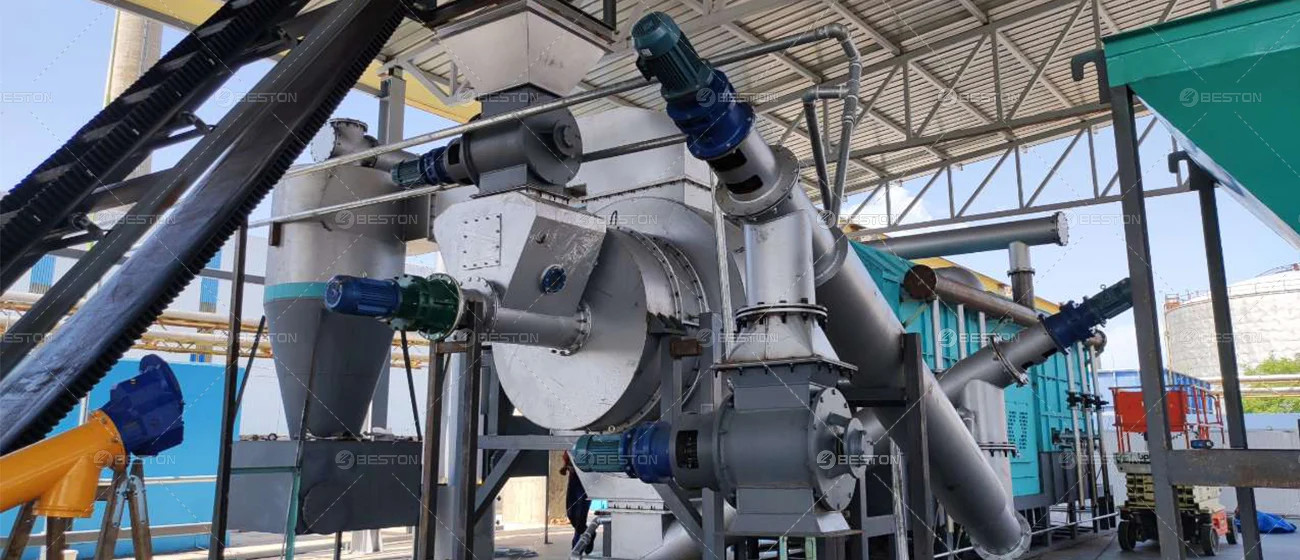Operational Continuity Strategies for Industrial Biochar System
Maximizing uptime in biochar production is critical for economic viability and consistent product output. Achieving continuous operation in biochar equipment involves not only proper machine design and feedstock preparation but also rigorous maintenance protocols and optimized thermal management. The following outlines the core operational strategies to ensure round-the-clock performance without compromising safety or material efficiency.
System Design for Continuous Throughput
Continuous biochar equipment is fundamentally distinct from batch-type reactors. The former allows material input and discharge without interrupting the carbonization process. For true continuity, the equipment must include:
-
Automated feeding system with volumetric control
-
Air-tight reactor chamber to maintain inert conditions
-
Synchronized discharge mechanism to evacuate biochar without exposing the chamber to oxygen
The screw conveyor and sealed reactor integration must be precisely calibrated to prevent clogging, bridging, or backpressure that could disrupt thermal balance or halt the process entirely.

Feedstock Preparation and Consistency
Moisture content, particle size, and composition uniformity directly affect system stability. Continuous carbonization machine demands feedstock with:
-
Moisture content below 15%
-
Particle size within 5–20 mm, depending on reactor design
-
Homogeneous composition free of contaminants such as stones, metals, or non-biomass material
On-site preprocessing equipment—such as dryers, crushers, and sieves—helps maintain these standards. Feedstock variability is a primary cause of process inconsistency, leading to incomplete pyrolysis, erratic temperatures, and increased wear.
Thermal Management and Heat Recovery
Sustained operation hinges on maintaining consistent reactor temperatures—typically between 400°C and 600°C. Thermal fluctuations result in poor biochar quality, higher tar formation, and energy losses. To ensure thermal equilibrium:
-
Integrate real-time temperature monitoring at multiple reactor zones
-
Use ceramic or high-alumina insulation to reduce heat loss
-
Recycle hot flue gases via a heat exchanger to preheat feedstock or combustion air
Heat recovery units should be installed to capture and redirect energy from flue gases, enhancing fuel efficiency while maintaining reactor temperature with minimal auxiliary input.
Control Systems and Instrumentation
Advanced control systems are indispensable for monitoring key parameters such as feed rate, internal pressure, residence time, and gas composition. Incorporating:
-
Programmable logic controllers (PLCs)
-
Remote data acquisition systems
-
Safety interlocks and pressure relief valves
enables predictive control and reduces human intervention. These tools not only improve responsiveness but also help identify process inefficiencies before they result in downtime.
Maintenance Scheduling and Component Integrity
Proactive maintenance is a cornerstone of uninterrupted operation. High-temperature processes inherently induce material fatigue, refractory degradation, and mechanical wear. A preventive maintenance regime should include:
-
Weekly inspection of conveyor systems and sealing mechanisms
-
Monthly calibration of thermocouples and gas sensors
-
Periodic replacement of refractory lining and lubrication of bearings
Maintenance tasks must be scheduled during brief idle periods, and downtime should be minimized through modular component design that allows for rapid replacement.
Gas Management and Emission Control
Volatile organic compounds (VOCs), particulate matter, and tar vapors must be efficiently removed to prevent build-up and equipment fouling. Installing a reliable gas cleaning system—comprising a cyclone separator, wet scrubber, and condenser—protects downstream equipment and ensures compliance with emission regulations.
Backpressure caused by clogged ductwork or undersized gas outlets can stall operations and lead to reactor overpressure. Regular descaling and maintenance of gas flow systems is necessary for consistent outflow.
Skilled Operator Training
Even the most advanced systems require trained personnel for operation and troubleshooting. Operators must be proficient in:
-
Reading and interpreting process data
-
Identifying early signs of feed or thermal imbalance
-
Executing emergency shutdown protocols
A well-trained team acts as the final safeguard against unplanned outages, system damage, or safety breaches.